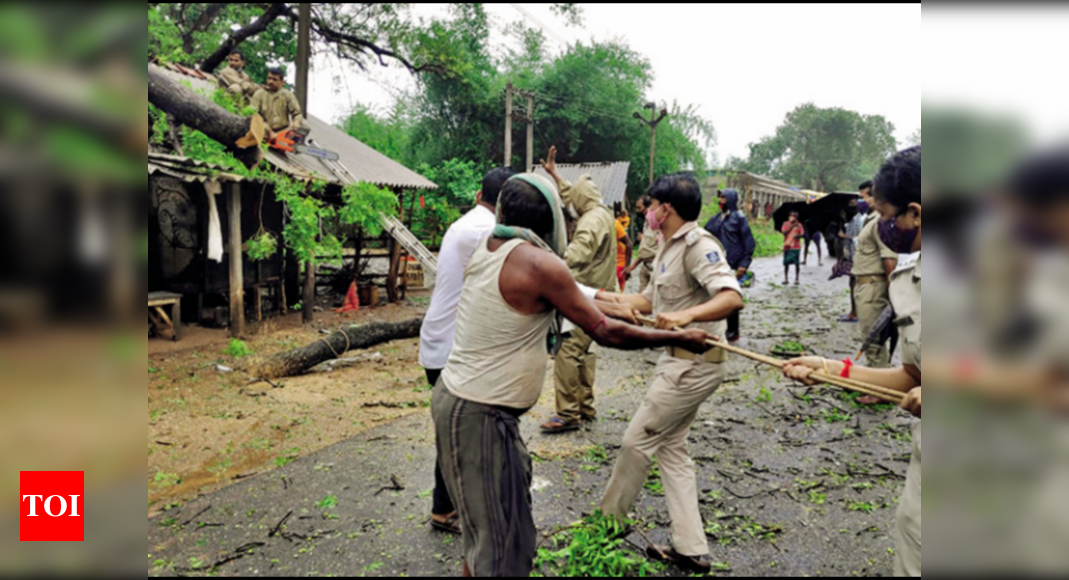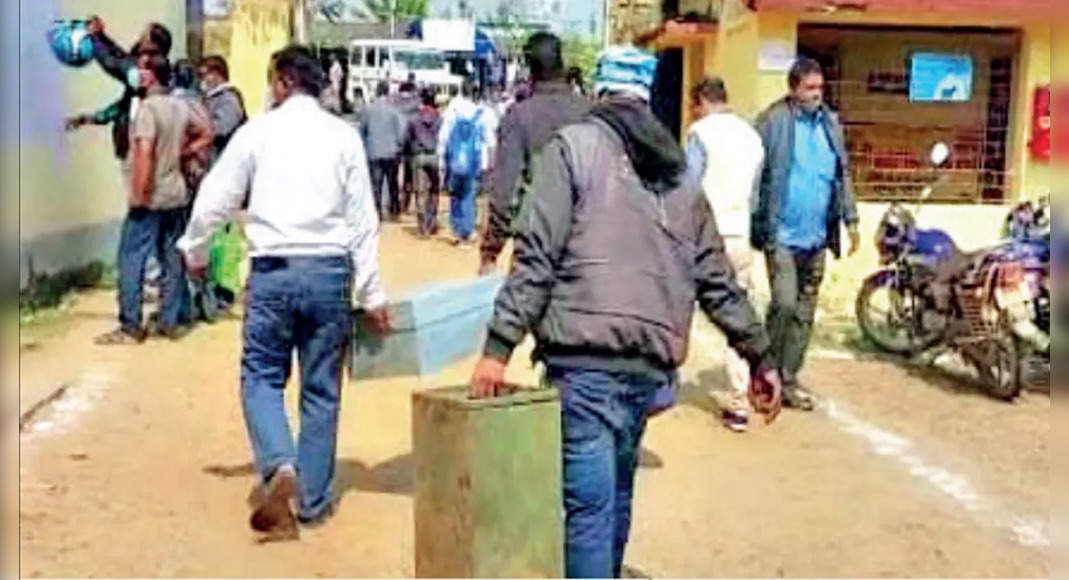BHUBANESWAR: Cyclone Yaas turned out to be less destructive than what was predicted initially because of certain changes in atmospheric conditions in the last 12 hours before it made landfall near Balasore on Wednesday. The IMD on Tuesday predicted that the storm may pack in winds gusting at 155 km per hour to 165 km per hour, which could go up to 185 kmph. It revised the prediction later at night around 1.45am saying that the maximum speed would be between 130kmph to 140kmph gusting up to 155kmph. IMD director general Mrutyunjay Mohapatra said the cyclone finally hit land with a maximum speed of around 130kmph to 140kmph. He added that two atmospheric conditions did not allow Yaas to gain more strength, thereby keeping it less powerful than the initial forecast. “The vertical wind shear was very high, above 20 to 30 nautical miles per hour, when the cyclone reached the north Bay of Bengal. The high vertical wind shear, which measures change in wind speed in the lower and upper troposphere, lowered the storm’s strength,” he said, adding that a lesser difference in vertical wind shear favours a cyclone. Explaining the phenomenon, Mohapatra said energy released by the cyclone (very deep convective clouds) gains strength by taking more warm moisture from the local environment on its way. The process continues when the wind difference is low or moderate. But if the difference is high, it either weakens the cyclone or doesn’t allow it to gain more strength. The difference in wind shear depends on a host of factors. “The difference of less than 10 nautical miles per hour is termed low, while between 10 and 20 nautical miles is moderate and above 20 is high. The vertical wind shear was 20 to 30 nautical miles per hour on the cyclone path on Tuesday. The wind shear was being monitored remotely every three hours. That’s why we revised our prediction late in the night,” Mohapatra said. Another factor that did not allow the cyclone to be more piercing was dry and cold air blowing from north India. It countered the storm’s speed, he said.







